Average sizes and life expectancy for this breed:
The Boxer is a large, short-haired dog breed that is well known for its playful and protective personality. They are tremendously loyal to their family members and are famed for being great around children.
Boxers have a varied lineage which is believed to include the Great Dane, the Bulldog, and the now extinct Bullenbeisser. The Boxer originated in Germany, where they were bred to be bullbaiting dogs due to their muscular physique. However, later on, they were used to control cattle in slaughterhouses.
As an intelligent and highly social dog breed, the boxer needs constant companionship and regular exercise to thrive. That said, their legendary gentleness and clownish personalities have made them popular the world over.
Boxers also make great watchdogs because they are curious to the point of being excessively nosy! They will inform you immediately if there's a strange sound or a person approaching your door. These high-energy dogs make great companions for families of all ages, as long as they receive all the attention and stimulation they crave.
See available puppies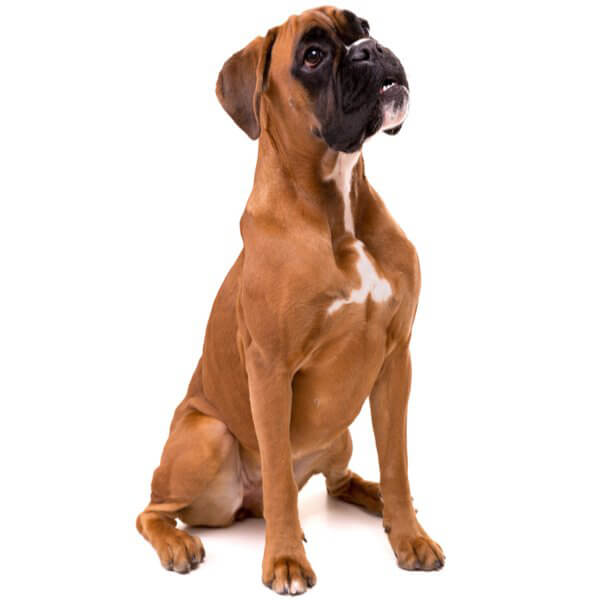

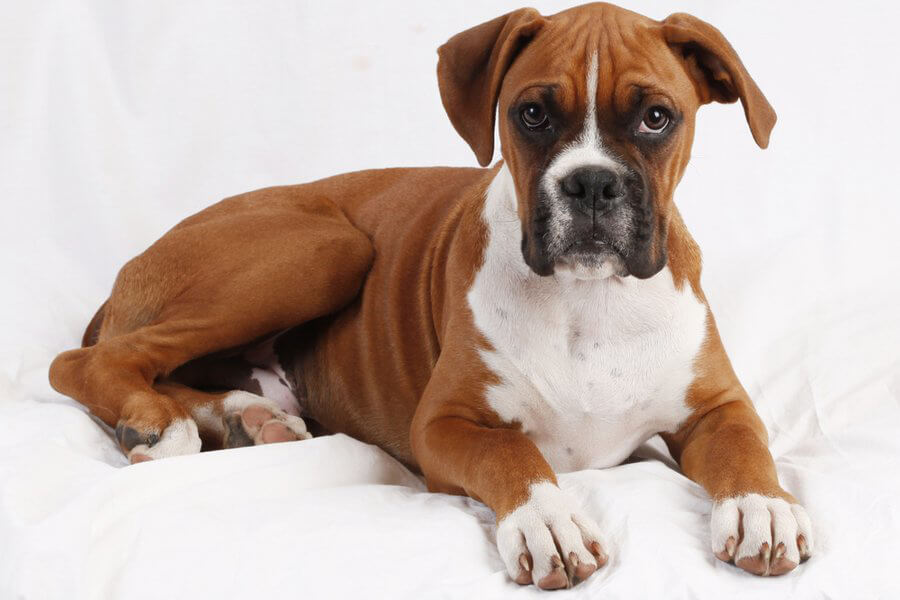


Boxers were first developed in the late 19th Century in Germany. They are believed to be the direct descendants of a breed known as the Bullenbeisser (bull biter), crossed with Great Danes, Mastiffs, Bulldogs, and possibly even a terrier. The Bullenbeisser was originally used as a hunting dog to catch and hold large prey such as deer and wild boar. The Boxer was bred from these dogs to be an exceptional hunting dog breed. In fact, many of the features that we adore about this breed have specific purposes:
A wide undershot jaw – This trait allows a Boxer to hold onto its prey until their master arrives.
Large, open nostrils set well back on the skull – This meant that a Boxer could still breathe easily even when holding onto prey.
Side facial wrinkles – These are believed to act as guards to protect the eyes when hunting and capturing prey.
Brindle coat color – This was thought to give the dogs some camouflage against tall grasses and trees.
However, the reason these dogs were called Boxers is a little bit of a mystery. Some experts believe it’s a shortened version of the name Bullenbeisser. Others believe they were named because of their unusual trait of standing on their back legs and ‘boxing’ with their front legs.
Over the years, hunting became less popular in Germany, so these dogs were increasingly used as pets and by butchers to herd cattle. In the 1900s, these dogs were introduced to America. However, it wasn’t until the First World War that they really grew in popularity. They were used extensively to carry soldier's packs, and important messages, and as attack dogs. When World War II hit, soldiers regularly worked with these dogs and brought them home to be family companions when service ended. The first Boxer registered by the American Kennel Club was a dog called Arnulf Grandenz in 1904. The American Boxer Club was formed in 1935.
It wasn’t until the 1940s that Boxers entered the UK. However, by the 1950s, they were already one of the most popular dog breeds in the country.
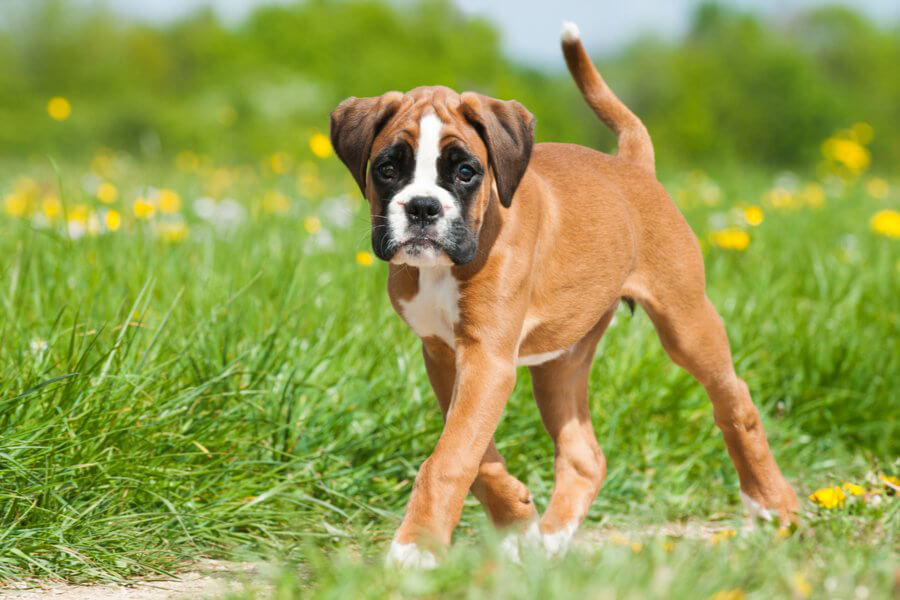
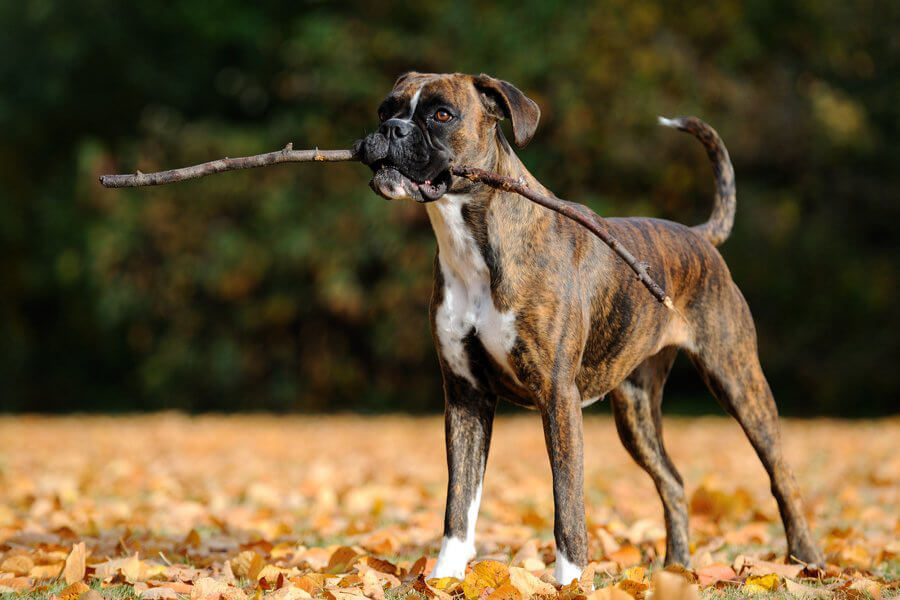
Boxers are large, stocky, muscular, and very powerful. They have regal looking square-shaped heads, sturdy undershot jaws, and rounded muzzles. Their characteristic facial wrinkles run from the nose down the sides of the cheeks. They have broad, deep chests and short straight backs.
These dogs have ears that fold over forwards and are set wide apart on the head. Their eyes are dark brown and set deep into the skull. They have a powerful bite that is exaggerated by wide-set canines and a straight line of incisors in the lower jaw.
The neck is strong and arched right down to the withers. Their shoulders are long and sloping and their lower abdominal line runs into a curved rump. From behind, these dogs have muscular straight legs with powerful feet and pads. The tail was previously docked. Dogs with previously docked tails are still acceptable under the UK breed standard. Undocked tails should be set high and carried with a graceful vigour.
Boxers have a short, glossy coat that lies flat against the body. Accepted coat colours are:
Fawn – Ranging from light-coloured to dark red
Brindle – Black stripes running parallel to the ribs all over the body, with a base of fawn.
Boxers love to stay busy and they are at their happiest when with their families. They are active, playful, and incredibly loyal which makes them great watchdogs. These dogs are an excellent choice for individuals and families who are home for most of the day. They love to play games such as frisbee and chase!
If these dogs are left alone for too long, they can become bored and destructive. For the same reason, these dogs need to be well socialised as puppies. Expose them to various people, environments, and other animals to ensure they grow up to be gentle, friendly adults. This will also help to quell their natural protective instincts. These dogs will fervently guard their families against any potential threat.
Boxers hardly ever show any signs of aggression as long as they have been adequately cared for. However, due to their size and strength, it can be a bit daunting when one decides to jump up on you! For this reason, you need to supervise all interactions between a Boxer and children to ensure there are no accidents or injuries.
Boxers aren’t known to be overly vocal. However, they do have a characteristic growl-type noise which is simply their way of communicating. Saying that, they will quickly alert you if something is wrong or if a stranger is approaching your home.
These fun-loving dogs are often referred to as the ‘jokers of the dog world’. They will continuously entertain you with their silly antics and endearing personalities.
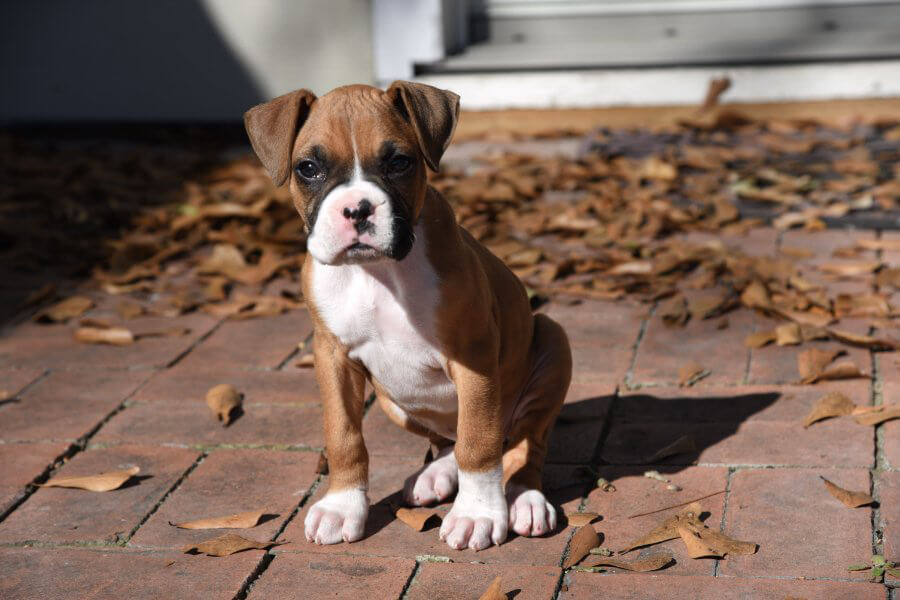
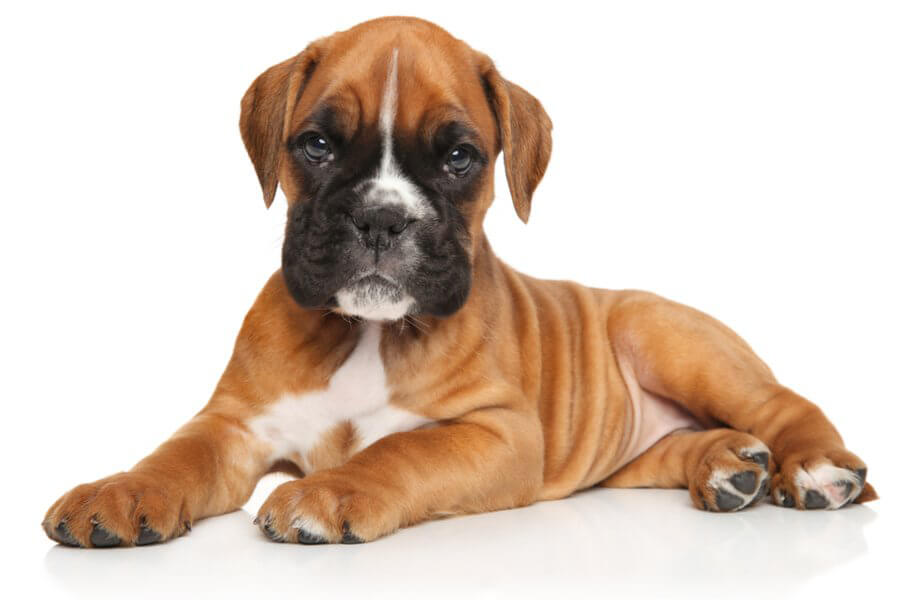
Boxers are quick to learn which means they take to housetraining well. However, they do have a bit of a stubborn streak so training should begin early in life. These dogs take well to positive reinforcement training. Small pieces of chicken as a reward will also be much appreciated!
They certainly have the capability to pick up any form of training such as obedience and even agility if you are consistent and patient with them. The key to training a Boxer is to find the right tasty reward that will keep them coming back for more!
Never use negative reinforcement to try to train a Boxer. This is likely to get you into trouble and create an even more stubborn dog!
These dogs can be a bit mischievous and have seemingly limitless energy. So, they may not take training seriously at first. Puppy training classes are a good idea for this breed to ensure they understand what is expected of them.
Boxers are low maintenance on the grooming front thanks to their short, flat coats. A groom once a week with a slicker or bristle brush is all that’s required for this breed to ensure their coats remain in good condition. Saying that, you may want to brush more regularly in the Spring and Autumn months when they tend to shed more hair.
Furthermore, you should check and clean a Boxer’s ears regularly to prevent a build-up of wax that can lead to an infection. You should also brush their teeth at least three times a week to prevent plaque build-up and dental problems.
Bear in mind that Boxers are intolerant to extreme weather changes. Care needs to be taken to keep your Boxer cool in hot weather because their flat skulls can impair breathing. You also should invest in a dog coat for the cold winter months as Boxers have very short, single coats.
When grooming, it's also a good idea to check your dog's body over for any signs of infection or injury, including the paw pads. Their eyes should be clear and free from any redness or discharge.
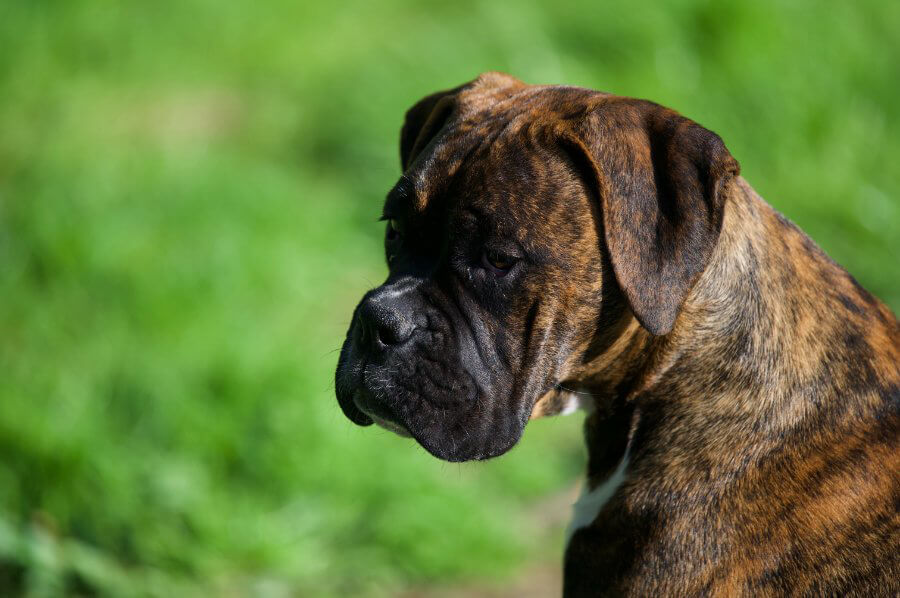
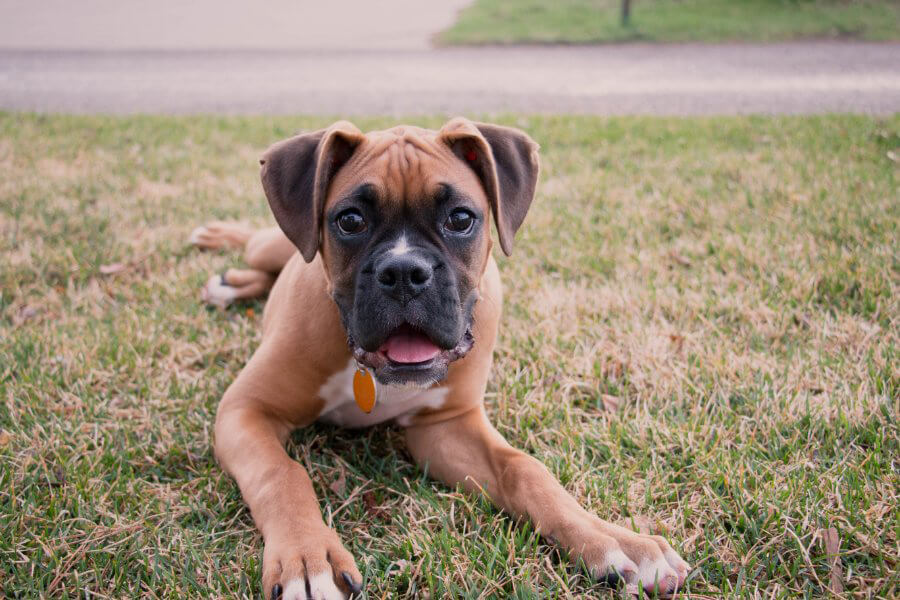
Boxers are brachycephalic (short-nosed) dog breeds. So, they don’t have the longest lifespan. These dogs can live for anywhere from 8 to 12 years if they are fed a high-quality diet specific to their needs and get plenty of physical and mental stimulation.
You must always purchase any puppy from a trustworthy and licensed breeder as they will be able to perform comprehensive DNA tests to ensure there are no underlying health conditions.
Some of the health disorders this dog breed is known to suffer from include:
Boxers are famed for being gentle, playful, and protective around children. However, due to their incredible strength, it's still best to supervise all interactions between a Boxer and a child. It’s worth noting that Boxers must be properly socialized and trained when they are puppies to prevent them from becoming too boisterous.
These dogs are best suited to homes where someone is home for most of the day as they are highly social. While they can do ok in apartments, they much prefer to have a yard or garden to run around in.
Boxers can get along well with other dogs and even cats, especially if they have grown up together. However, calmer cats may not appreciate the bouncy personality of a Boxer so always consider this before introducing a new pet to your home. Boxers can also become aggressive and territorial toward other dogs if not trained properly. So, ensure you have the time to dedicate to your new canine companion and you will be able to enjoy all the playful, gentle traits that Boxers have to offer.
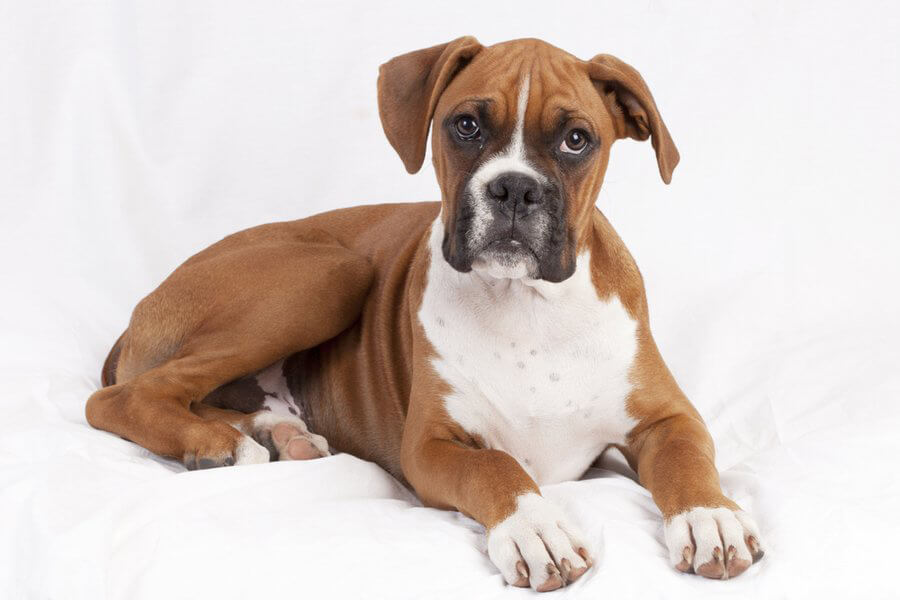
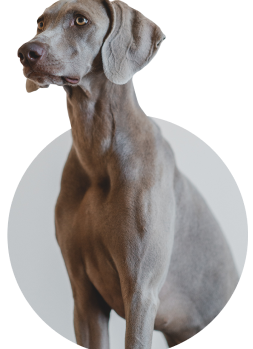
We can connect you with Breeders that are specialized in this particular breed.
See available puppies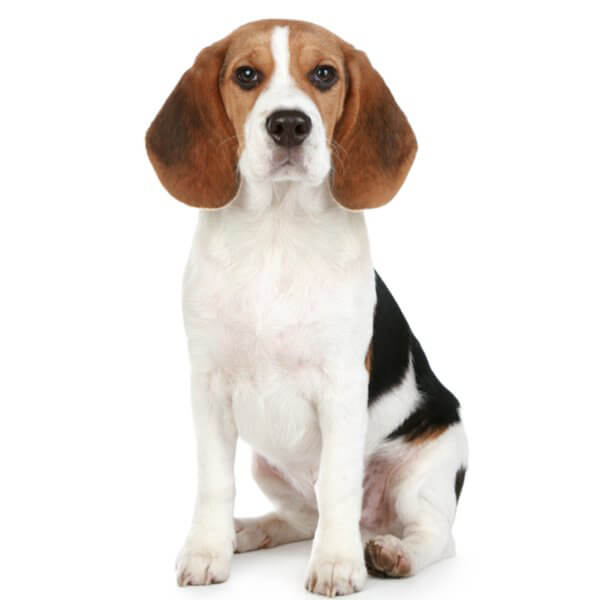
United Kingdom
Size : Medium
Coat : Short
Registration : KC, FCI, AKC
Exercise : 1 hour
Training : Medium
Grooming : Twice a Week
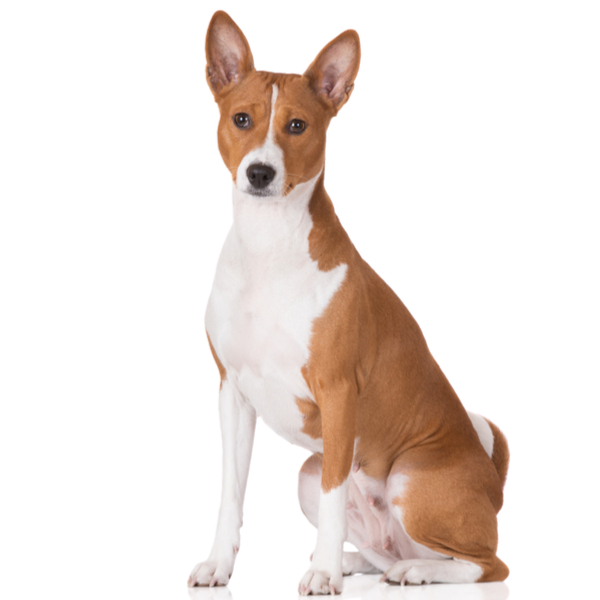
Congo
Size : Medium
Coat : Short
Registration : KC, FCI, AKC
Exercise : 1 hour
Training : Time Consuming
Grooming : Once a Week
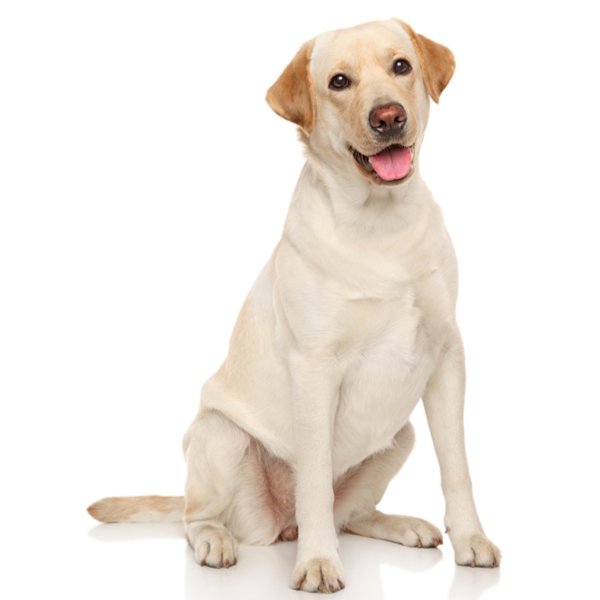
Canada
Size : Large
Coat : Short
Registration : KC, FCI, AKC
Exercise : 2 hour
Training : Easy
Grooming : Once a Week
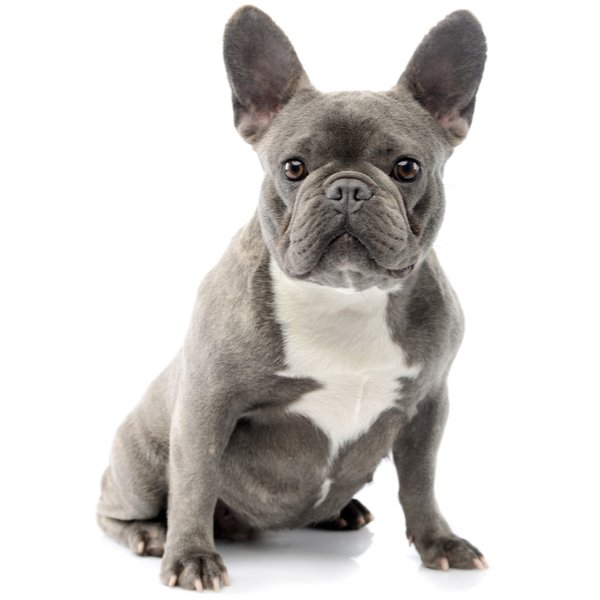
France
Size : Medium
Coat : Short
Registration : KC, FCI, AKC
Exercise : 30 minutes
Training : Medium
Grooming : Once a Week


Need some advice?
Whether you're a first time pet owner, an experienced pet owner, a new or long-time breeder, or just curious about pets, we've got you covered!
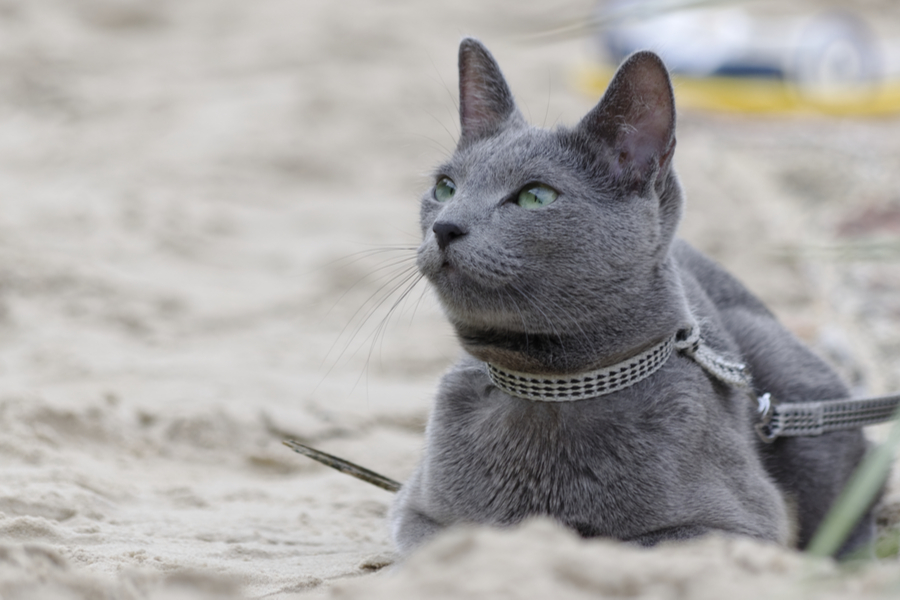
January 17, 2024
What Is The Personality Of Russian Blue Cats?
Russian Blue cats are most known for their distinctive shimmery blue-silver coat and piercing green eyes. However, this breed’s calm and gentle temperament is what makes them shine the most in the feline world.
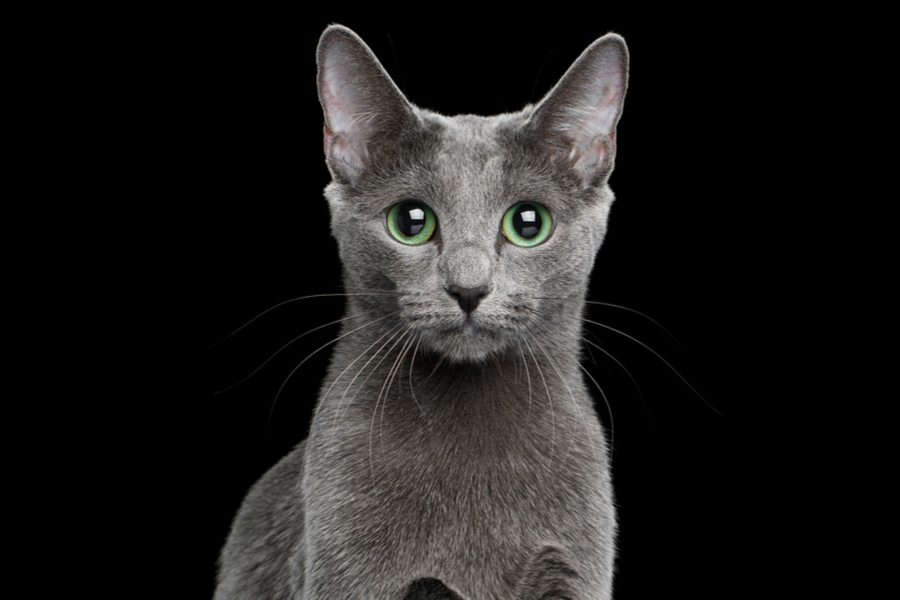
January 17, 2024
10 Facts About Russian Blue Cat Breed
Russian Blues are one of the most aesthetically stunning cat breeds, with a gorgeous plush silvery coat and vibrant green eyes. However, it’s not only their appearance that is beautiful; their nature is too.
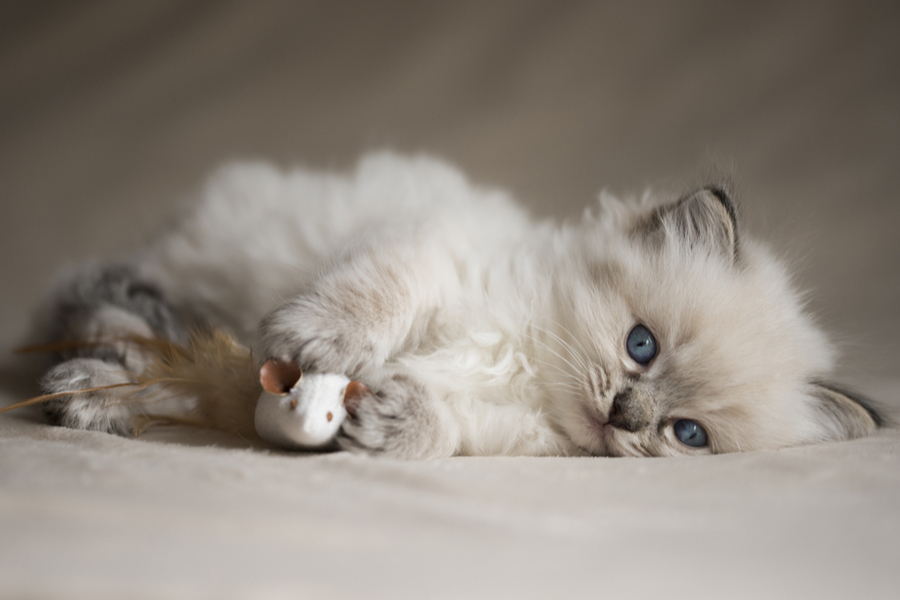
January 17, 2024
How To Choose The Right Cat Breed for You
Cats can make the most fantastic animal companions; they are adorable, friendly, and loving. However, not all felines are created equal. There are many different breeds, of which each has its unique personality traits.
Need some help?
Contact us to speak to our friendly advisor, who will gladly help you find your dream pet!



We are registered in England and Wales under registration number 12568840,
and our registered office is at 58-60 Kensington Church Street, W8 4DB London, England.
© 2023 The Pedigree Paws